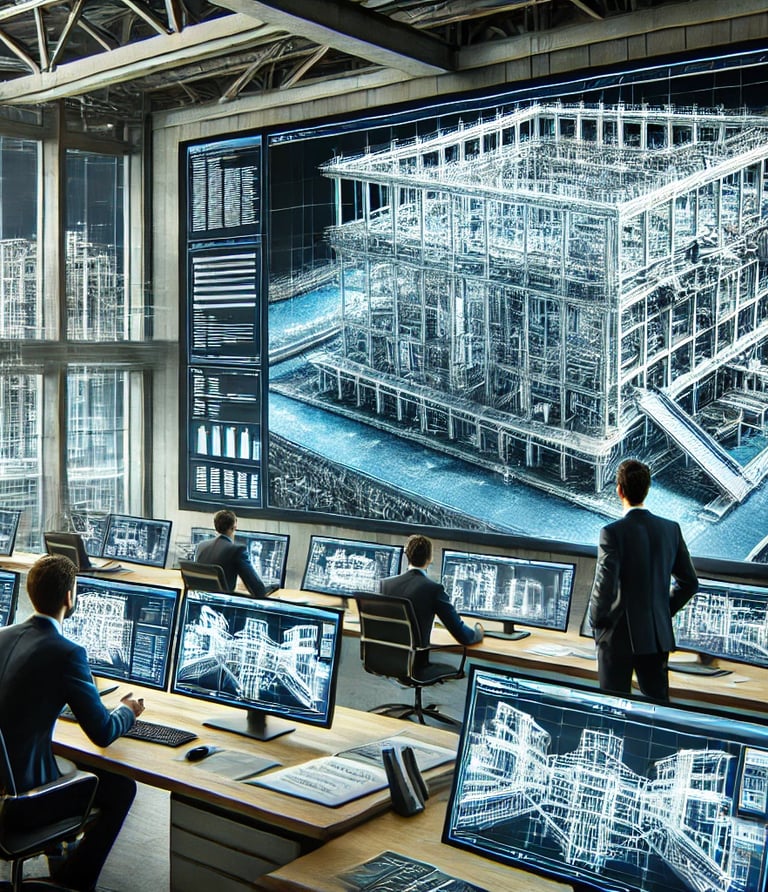Quality and technology IN CONSTRUCTION
delivered with STRAIGHT communication
BIM management with unique experience
In our previous practices, we had the privilege of working on several prestigious international projects among the most challenging engineering projects in the world. Each of these projects was executed using a BIM approach, which made the creation of extremely accurate 3D models essential. To study and design the most sophisticated junctions, it is imperative that we develop and analyze these models. This approach is necessary not only for award-winning buildings like the Twist Museum in Kistelek or the Doha metro stations but also for construction projects of any scale and high technical content.
In addition, we always perform Technical Supervision with exceptional precision and expertise, ensuring that every detail of the projects meets the highest standards.


BIM Management: Integrated Expertise Approach
BIM technology has revolutionized the design and construction processes, enabling detailed 3D modeling and data-driven decision-making at every stage of the construction project lifecycle. Integrating architectural, engineering, legal, and economic perspectives into BIM processes significantly enhances project efficiency and reduces risks.


Collaborative Workflows
BIM platforms provide a collaborative work environment where every project participant can access the latest design documents and model data. This continuous collaboration enhances information flow and allows project stakeholders to stay on the same page, reducing misunderstandings and duplicate efforts.
Incorporating data science and systems engineering knowledge into BIM facilitates the analysis of complex data and the optimization of project performance. By applying data analytics in facility management, resource management, and budget planning, more accurate forecasts can be made, and potential issues can be identified and addressed in a timely manner.
Data-Driven Decision Making








Legal and Economic Compliance
Innovative Applications and Sustainability
Considering legal and economic aspects when using BIM is essential for contract obligations, permitting processes, and financial planning. Keeping up-to-date with construction regulations and codes, as well as maintaining cost-effectiveness and financial sustainability, ensures that projects meet market and legal expectations while remaining economically optimized.
BIM not only provides support during the design and construction phases but also in facility management and sustainable operation after project completion. Plans optimized for energy efficiency and sustainability help minimize the environmental impact of buildings and reduce operating costs.
This integrated approach represents not only technological innovation but also opens new avenues for the construction industry in managing complex projects more effectively, while ensuring legal and economic compliance and promoting the achievement of sustainability goals.
Construction
With over 20 years of experience in general contracting, our company specializes in the flawless execution of unique, bespoke buildings. Our innovative methods and mindset make us stand out in the market.
Our services
Contacts
company@toldyconsult.hu
+36 30 289 2383
© 2024. All rights reserved.
Our WEBPAGES
www.toldyconsult.hu
